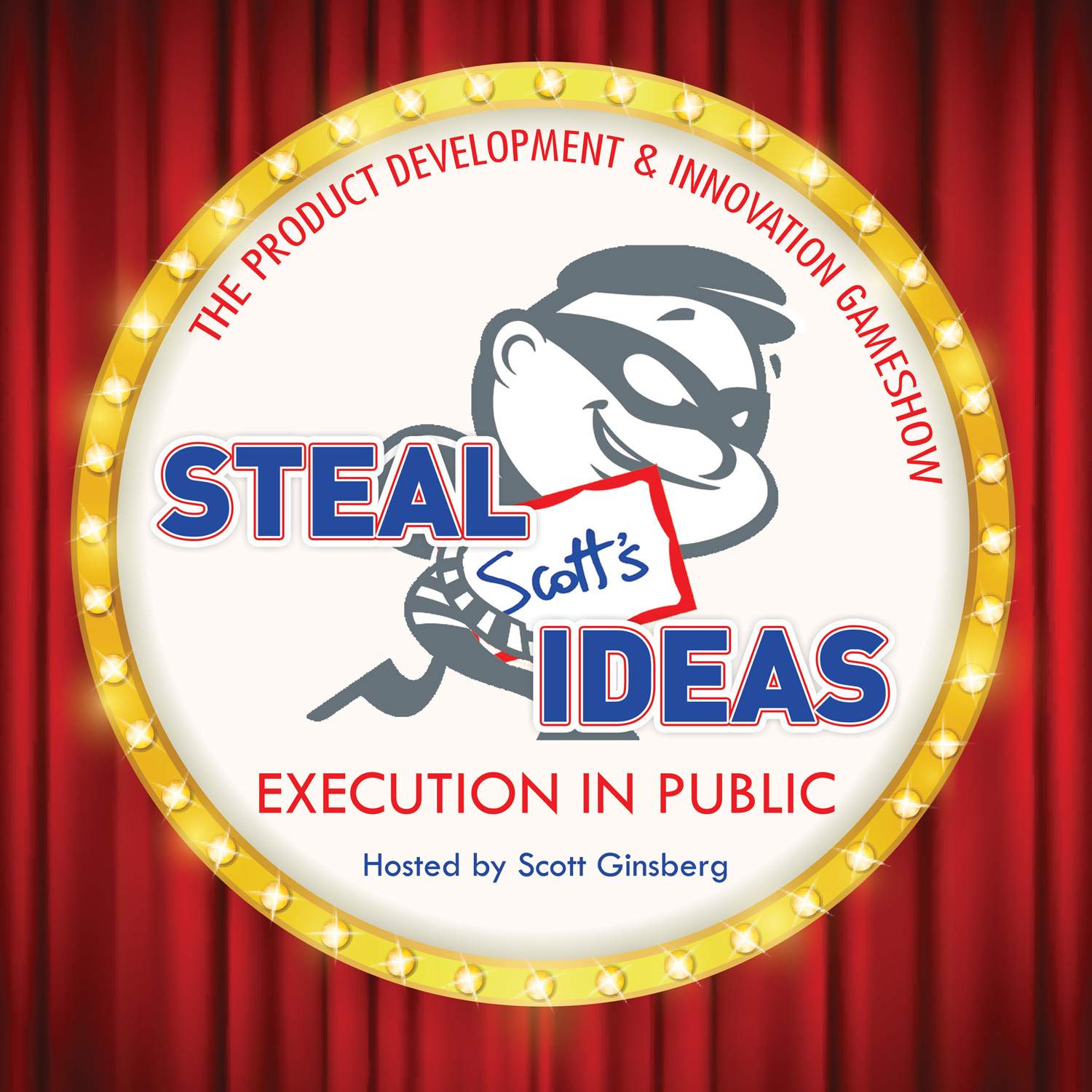

What if menacing gray curb snow became popsicles?
What if augmented reality eliminated littering?
What if we sold psychographically analyzed microwave scraps?
What if we shorted the secondary market for karma?
What if doctors could take toot samples?
In this episode of Steal Scott’s Ideas, Alex, Eli & Alexandra gather at Metric Collective for some execution in public.
**Sponsored by the Schmuck Parade Music Festival
Execution Lesson 107: Charisma is code for can’t execute
Emerson was nothing short of a creative genius.
Not only was he a prolific philosopher, writer, lecturer and founder of the transcendentalist movement, but the man was featured on a national postage stamp. Quite the impressive career arc.
And yet, his creativity wasn’t the only arrow in his professional quiver. Emerson was equal parts ideation and implementation. As he observed in his influential book about nature, good thoughts are no better than good dreams, unless they be executed.
This is a trap many highly creativity people fall prey to. Because we are always working in the realm of abstraction, living in the haze of ideas, adrift in the clouds of possibility, it’s easy for us to lose the thread.
Especially in a team environment. Nothing against a transcendentalist who lives in a cabin in the woods, but in the modern world, our coworkers and managers will often have to remind us to reign it in and come back down from the clouds and focus on practical solutions. That’s the way organizations thrive. There are no awards of merit for abstraction or subtlety of thinking, it’s the effect on the bottom line that matters.
Now, this doesn’t mean our imaginations have to die a horrible death, but they do have be channeled productively. Otherwise our unordered minds will lose track. And probably annoy the hell out of our coworkers.
The secret is learning how to separate and transition our thinking. Creating boundaries to plan our thinking processes in a detailed and cohesive way.
Debono has a name for this form of lateral thinking. Wearing and switching hats. It helps people easily focus or redirect their thoughts, the conversation, or the meeting.
For example, wearing the green hat involves making statements of provocation and investigation, seeing where an idea goes. This invites people to think creatively and outside the box. But the group only wears this hat for about two minutes at a time. Then they switch to a different color, perhaps something more practical and discerning, like the black hat.
This kind of process may feel unnatural, uncomfortable or even counterproductive, but it does work.
If we creative people have any intention of executing our ideas, eventually, we do whatever it takes to get out our heads and into the real world. LET ME ASK YA THIS…Are you a charismatic visionary who loses interest when it comes time to execute?
* * * *
Scott Ginsberg
That Guy with the Nametag
Author. Speaker. Strategist. Inventor. Filmmaker. Publisher. Songwriter.
